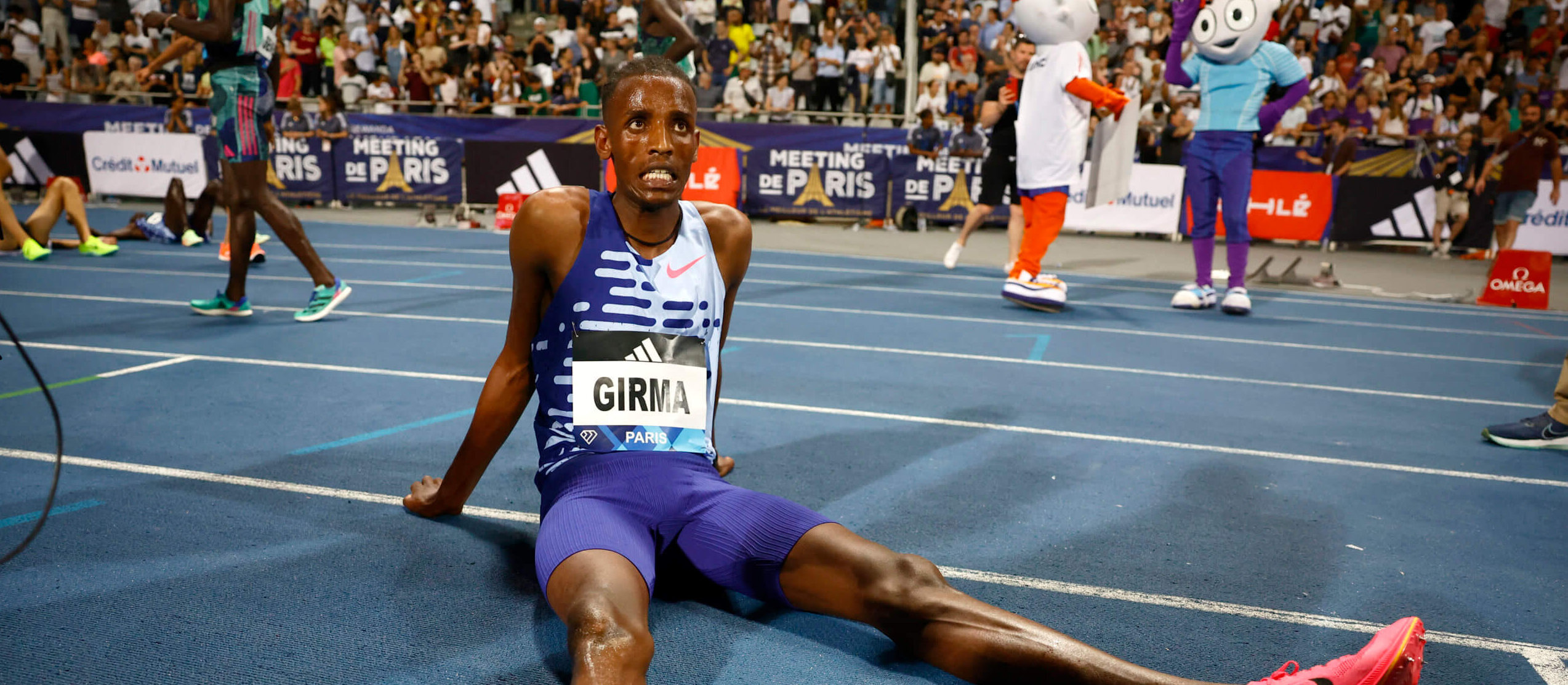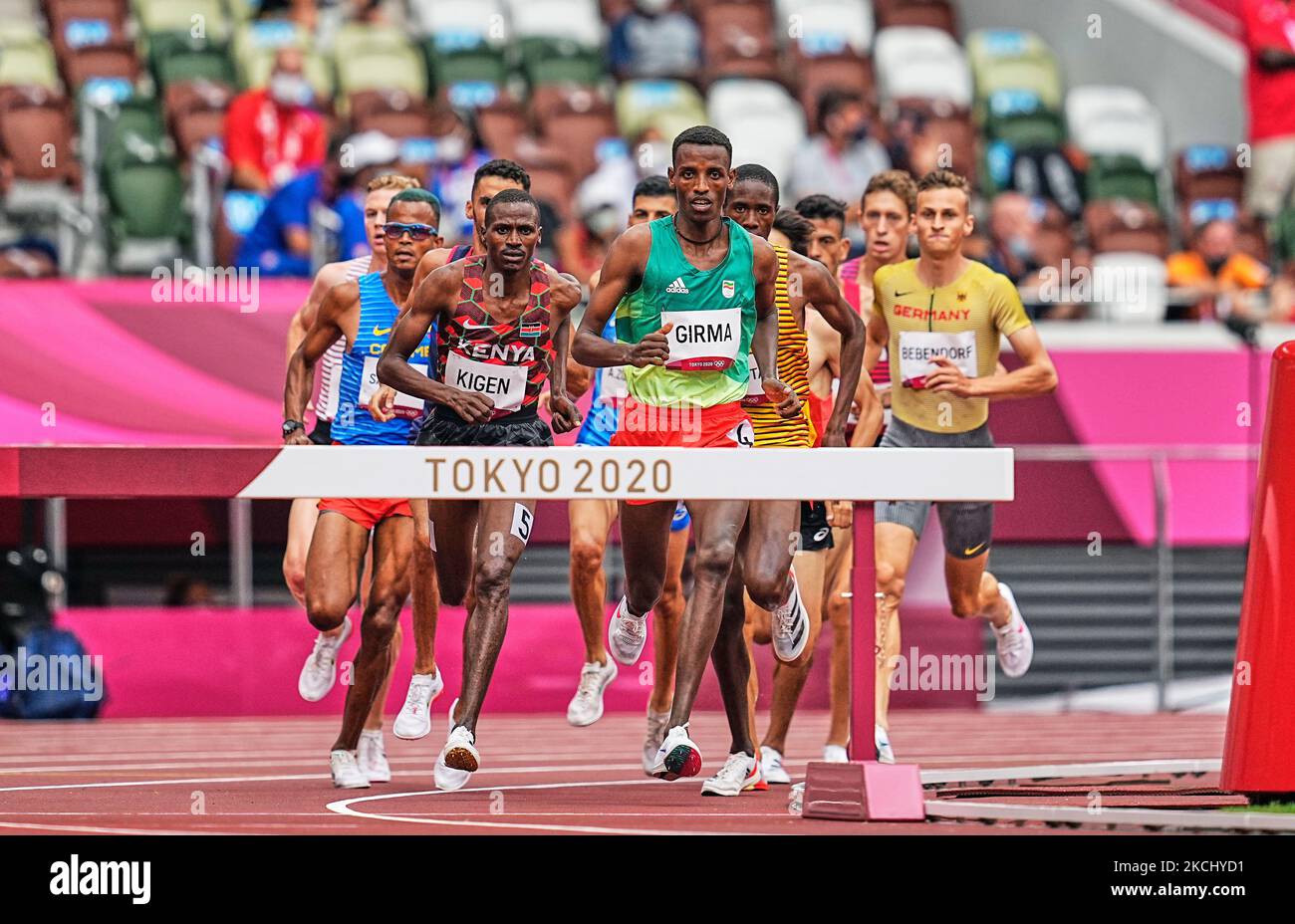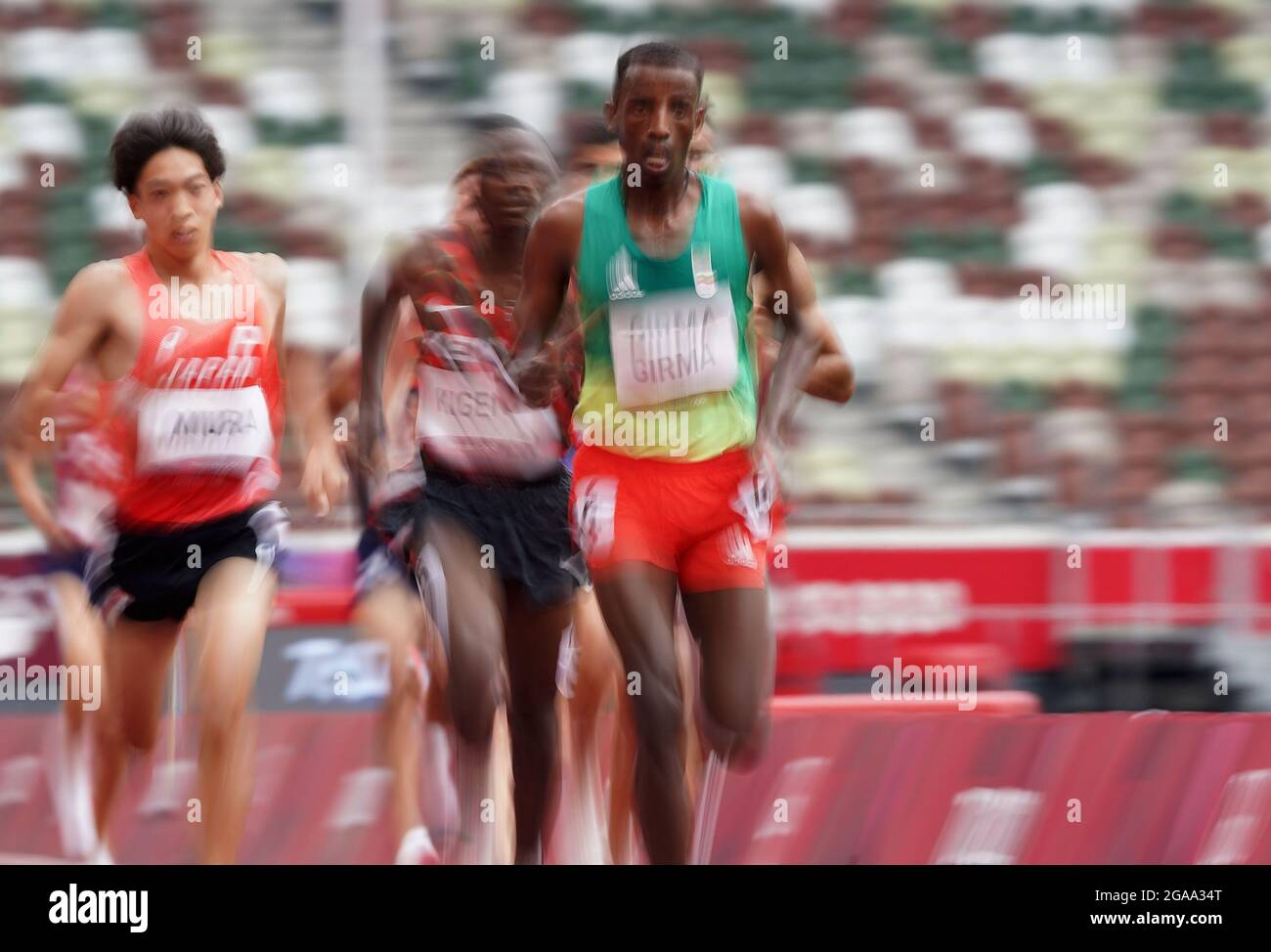The Girma Steeplechase Fall

The Girma Steeplechase Fall, a tragic incident in the history of horse racing, occurred during the 1978 Girma Steeplechase, a renowned event held annually in Girma, a small town in the English countryside. The fall, involving the legendary racehorse, “Glimmer,” and its jockey, “Jack,” sent shockwaves through the racing community, forever altering the course of the event and leaving an indelible mark on the sport.
The History of the Girma Steeplechase
The Girma Steeplechase, established in the late 19th century, has a rich history steeped in tradition and excitement. The event, initially a local affair, gained national recognition for its challenging course, featuring a series of demanding obstacles, including fences, ditches, and water jumps. The steeplechase attracted top jockeys and horses from across the country, making it a prestigious event on the racing calendar.
The Circumstances Surrounding the Fall
The 1978 Girma Steeplechase was held on a cold and blustery day, with heavy rain turning the course into a muddy quagmire. The challenging conditions made the race particularly dangerous, as horses struggled to maintain their footing on the slippery terrain. The fall occurred during the final lap, as “Glimmer,” a strong contender for the win, approached the last water jump. The horse, struggling to maintain its balance on the slick surface, stumbled and fell, throwing “Jack” over its head.
The Impact of the Fall
The fall had a profound impact on the Girma Steeplechase, casting a shadow over the event that continues to this day. “Jack,” suffering serious injuries, was forced to retire from racing, while “Glimmer,” although uninjured, was never the same horse. The incident also led to a significant increase in safety measures at the Girma Steeplechase, with the course being redesigned and the use of safety equipment being mandated for all participants.
Analyzing the Girma Steeplechase Fall

The Girma Steeplechase Fall, a dramatic incident in the world of equestrian sports, offers a valuable opportunity to analyze the technical aspects of the fall and identify potential contributing factors. By examining the mechanics of the fall, rider error, horse behavior, and course design, we can gain insights into the complex interplay of factors that can lead to such incidents.
Mechanics of the Fall
The Girma Steeplechase Fall occurred when the horse, Girma, stumbled and fell while negotiating a challenging obstacle. The horse’s front legs appeared to buckle, causing it to lose its balance and fall forward. The rider, who was thrown from the saddle, landed heavily on the ground. The fall can be attributed to a combination of factors, including the horse’s stride, the obstacle’s design, and the rider’s positioning.
Potential Contributing Factors, Girma steeplechase fall
Several factors could have contributed to the Girma Steeplechase Fall. These factors can be categorized into three main areas: rider error, horse behavior, and course design.
Rider Error
Rider error can play a significant role in falls, particularly in steeplechase events where riders face demanding obstacles and challenging terrain. In the case of the Girma Steeplechase Fall, the rider’s positioning and communication with the horse may have contributed to the incident. For example, the rider’s weight distribution or the use of reins could have affected the horse’s balance and stability.
Horse Behavior
The horse’s behavior is another crucial factor to consider. The horse’s physical condition, training, and temperament can influence its performance and susceptibility to falls. Girma, a seasoned steeplechase horse, may have experienced a sudden loss of coordination or a miscalculation of the obstacle, leading to the fall.
Course Design
The design of the steeplechase course itself can also play a role in falls. The placement and height of obstacles, the terrain, and the overall layout can pose challenges for horses and riders. The specific obstacle where Girma fell may have been particularly challenging due to its design or placement.
Comparison with Other Notable Steeplechase Falls
The Girma Steeplechase Fall can be compared with other notable falls in steeplechase history, such as the fall of Red Rum at the 1975 Grand National. In both cases, the falls involved experienced horses and riders, highlighting the inherent risks associated with steeplechase racing. While the specific circumstances surrounding each fall differed, the underlying principles of rider error, horse behavior, and course design are common to all such incidents.
The Aftermath of the Girma Steeplechase Fall

The Girma Steeplechase Fall, a harrowing incident that unfolded during the prestigious annual event, left an indelible mark on the sport and its participants. The immediate and long-term consequences of the fall reverberated through the racing community, sparking discussions about safety protocols, rider preparedness, and the very nature of the sport itself.
Injuries and Damage
The fall resulted in a range of injuries, both to riders and horses. The primary rider involved sustained serious injuries, including a fractured femur and multiple rib fractures. The horse, a seasoned competitor known for its agility and speed, suffered a severe leg injury that required immediate veterinary attention. The impact of the fall also led to significant damage to the equipment, including the horse’s saddle and bridle, and the fence that caused the initial stumble.
Public Reaction and Investigations
The fall garnered significant media attention, prompting a wave of public debate about the risks associated with steeplechase racing. News outlets and social media platforms were flooded with commentary, ranging from expressions of concern for the injured rider and horse to criticism of the sport’s inherent dangers. The incident sparked a formal investigation by the racing authority, which aimed to determine the contributing factors to the fall and identify potential areas for improvement in safety protocols.
Impact on the Future of Steeplechase Racing
The Girma Steeplechase Fall had a profound impact on the future of the event and the sport of steeplechase racing as a whole. The event organizers implemented several changes to enhance safety measures, including a thorough review of course obstacles, increased rider training requirements, and stricter horse health protocols. The fall also prompted a wider discussion within the racing community about the balance between tradition and safety. Some argued for a reduction in the number and height of obstacles, while others advocated for maintaining the sport’s unique character and challenges. The Girma Steeplechase Fall served as a stark reminder of the inherent risks involved in steeplechase racing, prompting a renewed focus on safety and responsible practices.
The Girma Steeplechase Fall is a breathtaking sight, known for its dramatic drop and the way it cascades over the rocky terrain. This unique landscape is reminiscent of the serene beauty found at Girma Fall , a cascading waterfall that descends through a lush forest.
Both locations offer a glimpse into the awe-inspiring natural wonders of the region, showcasing the power and grace of nature.
The Girma steeplechase fall was a harrowing event, leaving spectators with a sense of shock and concern for the rider’s well-being. The incident brought to mind the timeless elegance of an armless brown leather chair , a piece of furniture that evokes a sense of calm and stability, much like the resilience we hope Girma will demonstrate in his recovery.